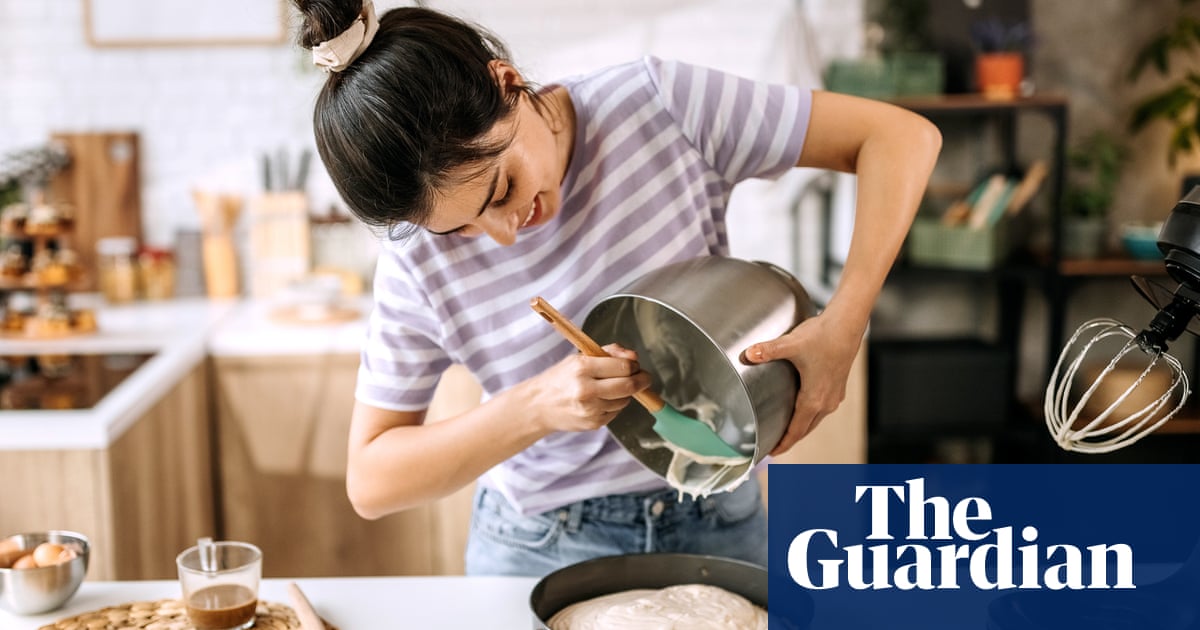
"Don't go in cold. You've all been there. You've turned up ready to bake, only to glare at the instruction for room temperature eggs and butter. Yours are fridge cold. Maybe you microwave the butter to a half-solid, half-liquid result and you take a gamble on the cold eggs. Your mixture comes together, but the scrambled egg effect is real. That's because a cake batter is an emulsion of ingredients... When something is a little bit too cold or a little bit too warm, it's never going to combine perfectly, or it will split or it will break."
"Going hell for leather means you can over beat the mixture and let in too much air, which will make your cake rise, and then promptly collapse. Use a medium speed instead until the ingredients are well mixed but not all the way to white, light and fluffy. Same goes for egg whites that need to be folded into a mixture."
Baking involves precise temperature management and gentle mixing techniques for successful outcomes. Eggs are best at room temperature to avoid scrambling in batters. Warm water can bring cold eggs to the right temperature quickly, and ambient heat can soften butter. Over-beating butter and sugar can incorporate too much air, risking cakes collapsing. A medium mixing speed is recommended to properly combine ingredients without over-aeration. These insights emphasize how minor adjustments can significantly impact baking results beyond the kitchen.
Read at www.theguardian.com
Unable to calculate read time
Collection
[
|
...
]